In the last 20 years, the practice of teaching Indian classical dance (particularly to Indian-American children) has sprouted and become immensely popular among the diaspora. Ancient art forms like Bharatanatyam and Kuchipudi are being learned, taught, and performed at massively alarming rates that it makes one wonder where the desire to learn is coming from. What is it about immigrating across seas, continents, and oceans that creates a high demand for art forms that were once performed by temple dancers in the sanctum sanctorum of religious places of worship?
Young Indian immigrant and Indian-American parents enrol their children in Indian classical dance classes as a way for them to learn about their culture. Many fear that their assimilated kids will not feel connected to their Indian heritage, and somehow classical dance became a multifaceted way to disseminate knowledge about (Hindu) mythology and Indian culture. In addition to the rigorous physical training and intense mental concentration required for Indian classical art forms, such classes are also a way to connect with fellow Indian-Americans in the community.
After a student has been learning Indian classical dance from their guru for about 8-10 years, both the parents and the guru approach one another to have “the talk” about the student’s supposedly much-awaited Arangetram (also known as Rangapravesham, Manch Pravesh, etc.). Technically, the Tamil word “Arangetram” means “to ascend the stage”, and while the student has likely ascended many a stage at local festivals, temples, and other community events, the Arangetram is a debut solo performance that can be thought of as a transition in the dance journey from student to professional. A detrimental side effect of the mass proliferation of Arangetrams, however, is that only a handful of students of Indian classical art forms continue dancing afterwards, and an Arangetram is occasionally reduced to a culminating graduation party celebration. That being said, the situation has considerably changed more recently with the increase in college dance teams and Indian classical dance competitions held across the United States.
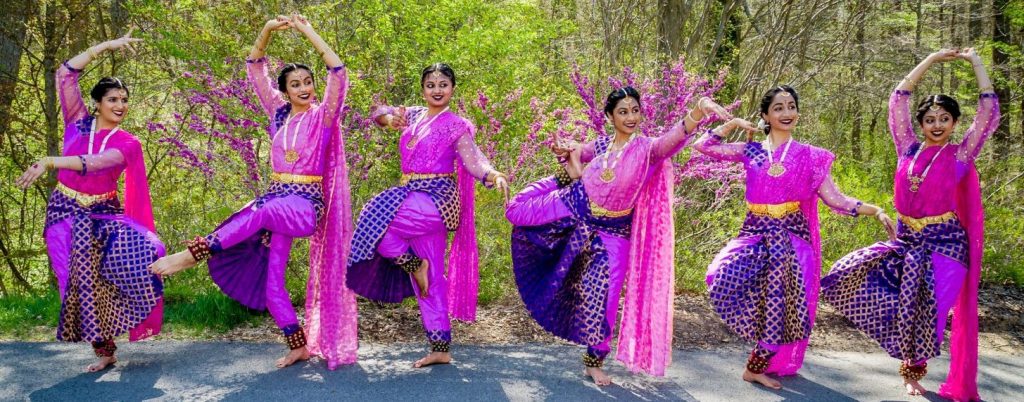
As much as Arangetrams are mistakenly thought of as the “end” of a student’s journey with Indian classical dance, completing an Arangetram can also be a unifying experience for many dedicated and committed shishyas who continue to practice their art form with passion. It is a benchmark to strive for in terms of dedication, hard work, physical stamina, and learning a full margam or repertoire. Many students claim that much of their improvement as a dancer begins after the intensive training involved in an Arangetram, particularly since they now have the opportunity to continue practising Indian classical dance with others as part of Indian classical dance teams at the collegiate level. These college dance teams and intercollegiate competitions provide a platform for Indian classical dance students to connect with one another and build community within the South Asian diaspora. The content and stories explored by many dance teams also reflect the dual identity of its second- and third-generation South Asian American members, who use traditional Indian art forms to depict contemporary themes and concepts.
Learning Indian classical dance for South Asians in the diaspora is a direct connection to their immigrant ancestors’ culture and heritage. For many children growing up in the United States in the 21st Century, taking Indian classical dance lessons and completing an Arangetram have become somewhat of a rite of passage that helps shape their Indian-American identities. Whether or not students continue to practice their dance forms in the future (regardless of completing an Arangetram), Indian classical arts can be a starting point for body-mind-soul integration and a medium for telling traditional or contemporary stories through ancient vocabulary.



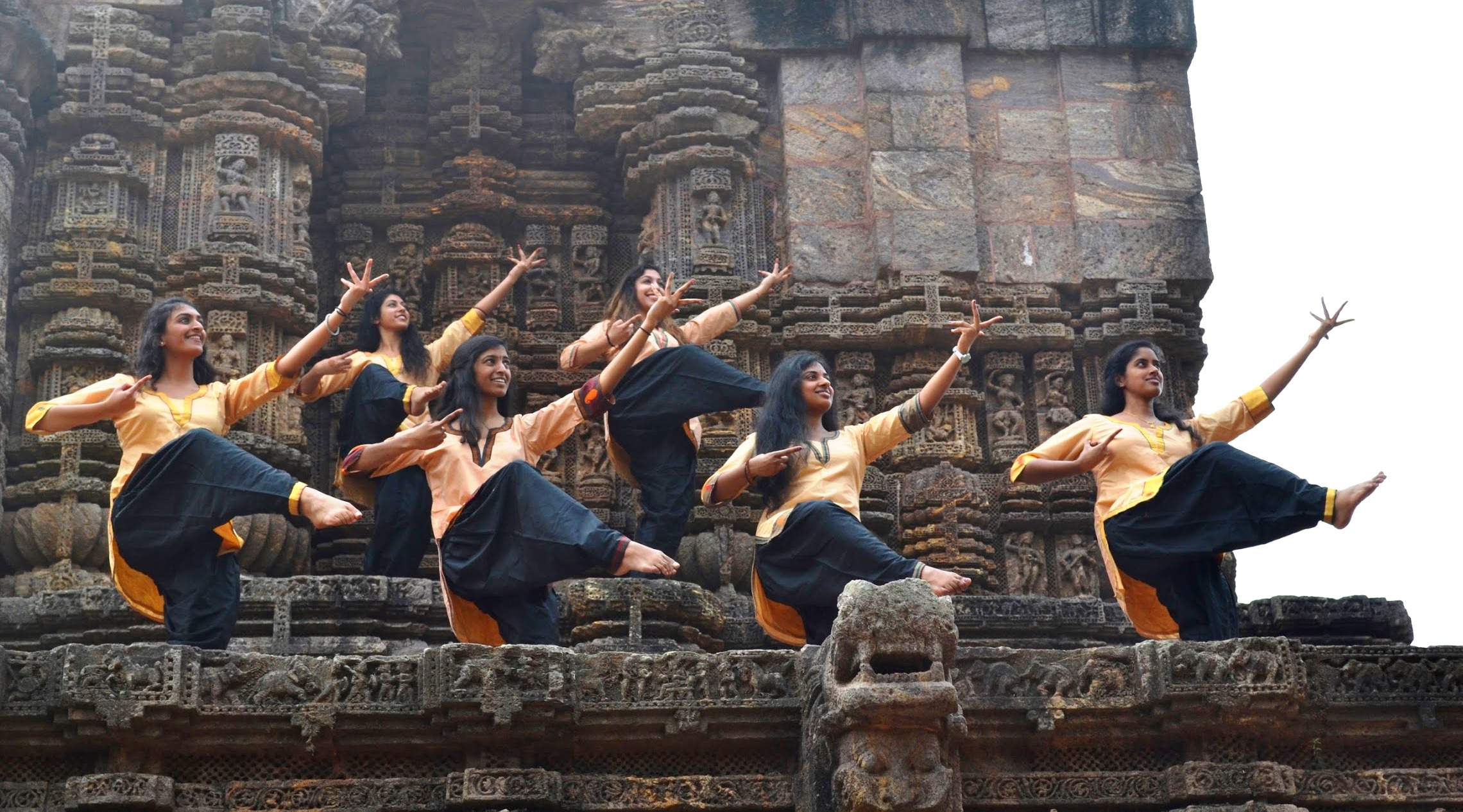
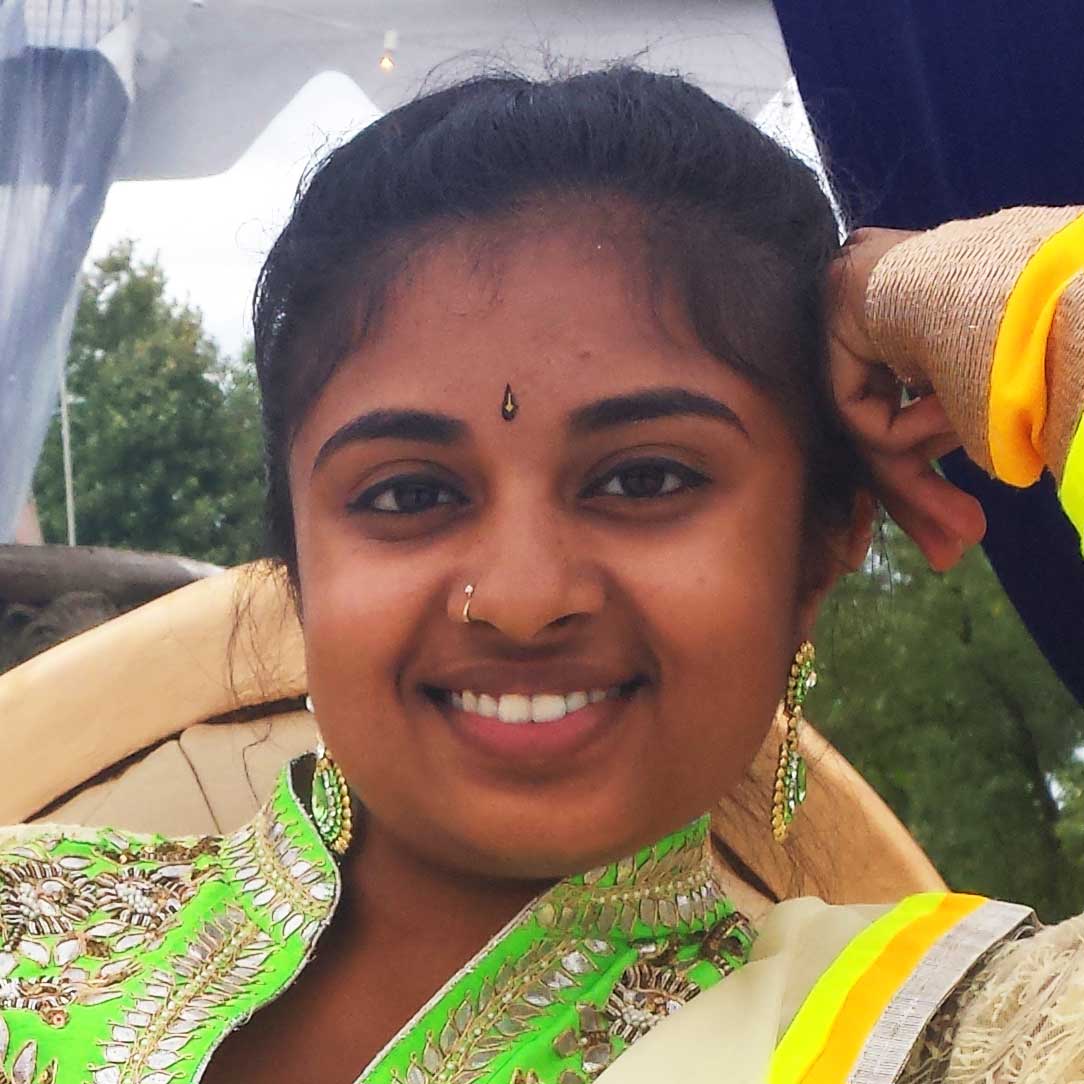


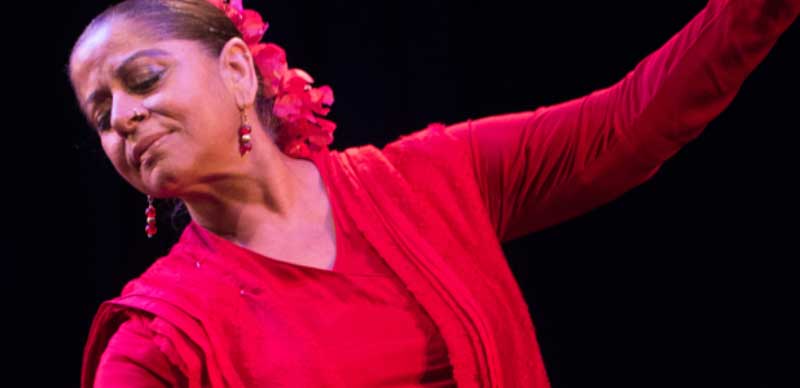
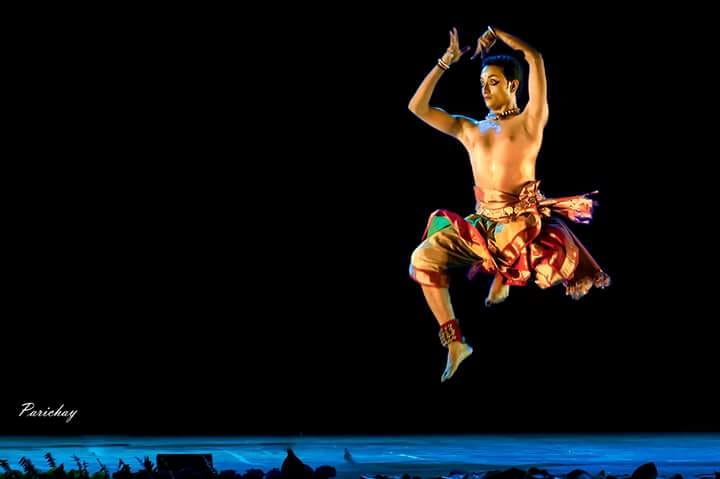

1 thought on “Arangetrams and Beyond”
Good analysis of the current trends.